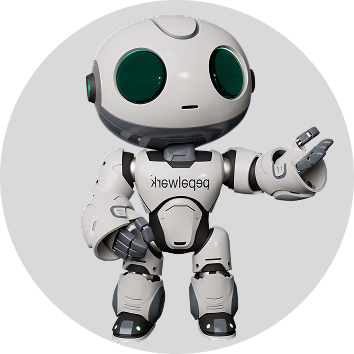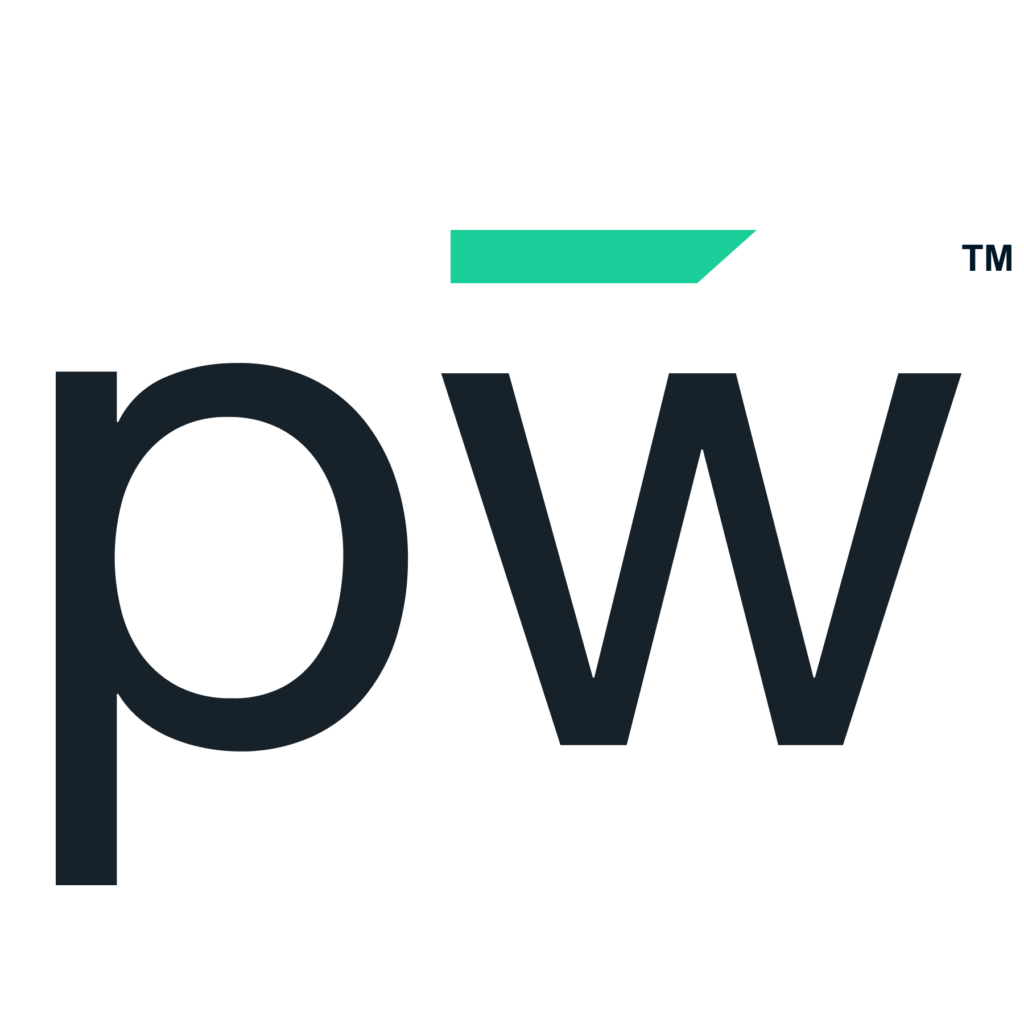Why pepelwerk matches people to jobs using Attributes and Work Attitude
Introduction
In the fast-paced world of recruitment, employers are constantly seeking innovative ways to make informed hiring decisions and create diverse, successful teams. The convergence of advanced artificial intelligence (AI), genotyping, and psycho-behavioral assessment tools has ushered in a new era of talent acquisition. This article delves into how employers are leveraging these cutting-edge technologies to identify attributes and attitudes in candidates, ultimately fostering effective team building and a culture of diversity.
The Power of Advanced AI in Hiring
- Data-Driven Insights: Advanced AI analyzes vast amounts of data, including resumes, online profiles, and assessments, to identify patterns and correlations that predict candidate success.
- Predictive Analytics: AI algorithms can predict a candidate's fit for a role by comparing their attributes and qualifications to historical data of successful employees in similar positions.
- Bias Mitigation: AI has the potential to reduce unconscious bias in the hiring process by focusing solely on relevant qualifications and skills, promoting fairer and more diverse hiring practices.
Genotyping and Its Role in Hiring
- Understanding Behavioral Traits: Genotyping examines genetic markers associated with behavioral traits and tendencies. Employers can use this information to identify traits that align with desired job competencies.
- Cultural Fit: Genotyping can shed light on a candidate's potential cultural fit within an organization. This insight ensures candidates align with the company's values and objectives.
- Ethical Considerations: While genotyping can provide valuable insights, it's essential to handle genetic information ethically and transparently, respecting candidates' privacy and rights.
Psycho-Behavioral Assessment Tools for Insightful Hiring
- Personality Assessments: These tools gauge candidates' personality traits and cognitive abilities, helping employers understand how individuals might fit into existing teams and contribute to the company culture.
- Emotional Intelligence: Assessing emotional intelligence can reveal a candidate's ability to collaborate, communicate, and navigate challenging situations effectively.
- Adapting to Change: Psycho-behavioral assessments reveal a candidate's adaptability and openness to change, traits crucial in today's dynamic work environments.
Benefits of Integrating These Technologies
- Informed Hiring Decisions: The combination of AI, genotyping, and psycho-behavioral assessment tools provides comprehensive insights, enabling employers to make well-informed hiring choices.
- Diverse Team Building: Employers can use these tools to ensure diversity in teams by focusing on attributes and skills rather than demographic factors.
- Enhanced Performance: Teams built based on in-depth analysis and insights tend to collaborate more effectively, leading to higher performance and innovation.
- Reduced Turnover: The right candidate fit decreases turnover rates, as employees who align with the company culture and role expectations tend to stay longer.
Ethical Considerations and Responsible Implementation
- Privacy: Ensure candidate privacy by obtaining explicit consent before using genotyping or assessments. Protect genetic information and personal data throughout the process.
- Transparency: Communicate openly with candidates about the tools and methods used in the hiring process, addressing any concerns they might have.
- Bias Mitigation: Regularly monitor and audit these technologies to ensure they are not inadvertently perpetuating biases or leading to discriminatory practices.
Conclusion
The integration of advanced AI, genotyping, and psycho-behavioral assessment tools in hiring practices underscores the innovative nature of modern recruitment. By leveraging data-driven insights, employers are making more informed choices, building diverse and successful teams, and fostering a culture of innovation. Ethical considerations and transparency remain crucial as these technologies reshape the hiring landscape, emphasizing the importance of responsible implementation for a brighter, more inclusive professional future.










